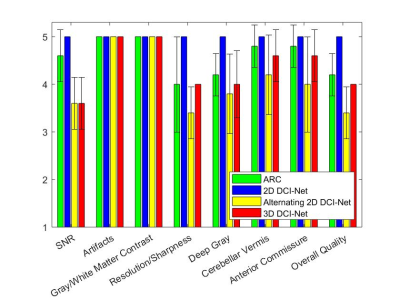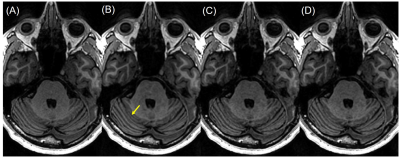Sangtae Ahn1, Uri Wollner2, Graeme McKinnon3, Rafi Brada2, John Huston4, J. Kevin DeMarco5, Robert Y. Shih5,6, Joshua D. Trzasko4, Dan Rettmann7, Isabelle Heukensfeldt Jansen1, Christopher J. Hardy1, and Thomas K. F. Foo1
1GE Research, Niskayuna, NY, United States, 2GE Research, Herzliya, Israel, 3GE Healthcare, Waukesha, WI, United States, 4Mayo Clinic College of Medicine, Rochester, MN, United States, 5Walter Reed National Military Medical Center, Bethesda, MD, United States, 6Uniformed Services University of the Health Sciences, Bethesda, MD, United States, 7GE Healthcare, Rochester, MN, United States
1GE Research, Niskayuna, NY, United States, 2GE Research, Herzliya, Israel, 3GE Healthcare, Waukesha, WI, United States, 4Mayo Clinic College of Medicine, Rochester, MN, United States, 5Walter Reed National Military Medical Center, Bethesda, MD, United States, 6Uniformed Services University of the Health Sciences, Bethesda, MD, United States, 7GE Healthcare, Rochester, MN, United States
Our deep-learning
reconstruction, DCI-Net, can accelerate 3D T1-weighted MPRAGE scans by an additional
factor of 5 compared to conventional two-fold accelerated parallel acquisition,
while maintaining comparable diagnostic image quality.

